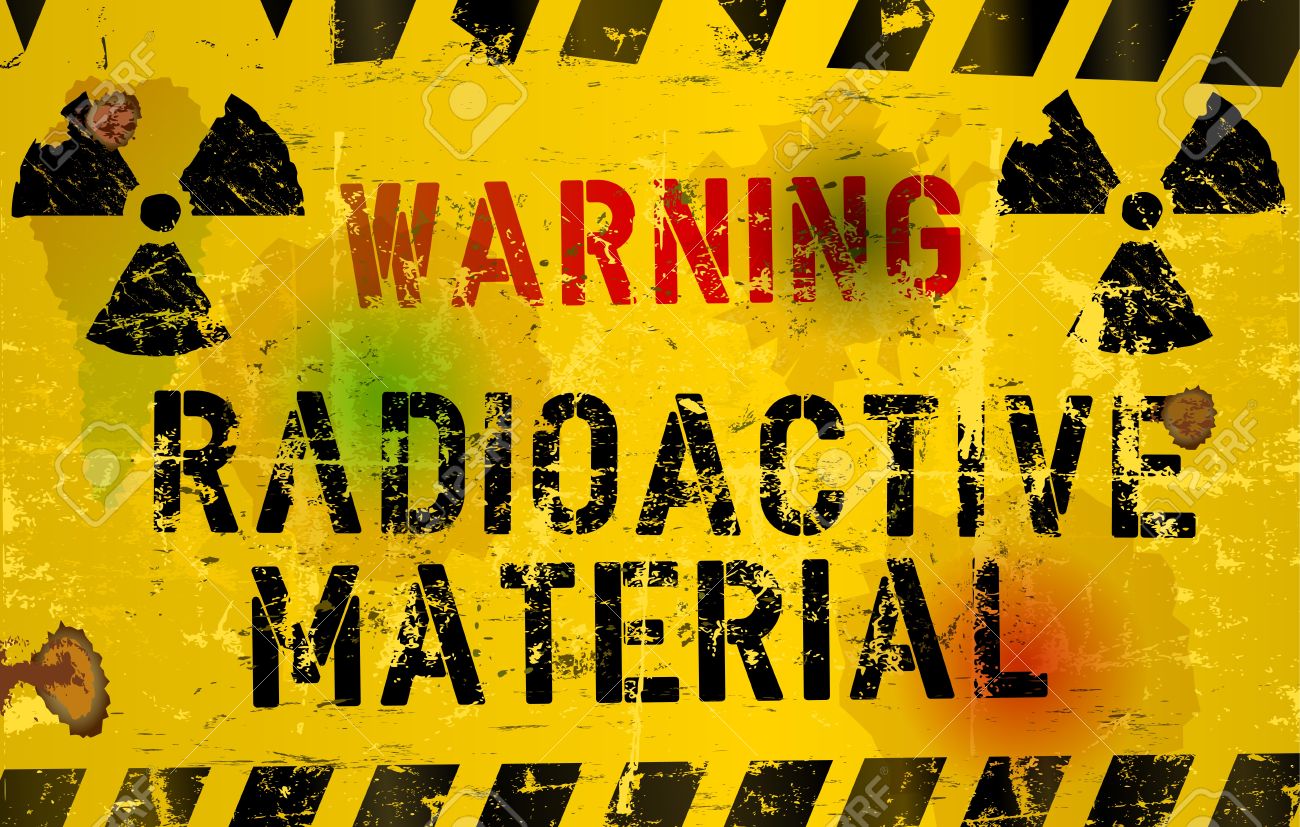
 Updated guidelines for the application of the de minimis (exempt) concept for radioactive substances which may be considered for dumping at sea have been adopted by Contracting Parties to the treaties which regulate the dumping of wastes at sea.
Updated guidelines for the application of the de minimis (exempt) concept for radioactive substances which may be considered for dumping at sea have been adopted by Contracting Parties to the treaties which regulate the dumping of wastes at sea.
The 2015 Guidelines for the application of the de minimis concept include recognition of effects of radiation on marine fauna and flora. They were adopted by the 37th Consultative Meeting of Contracting Parties (London Convention 1972) and 10th Meeting of Contracting Parties (London Protocol 1996), which were meeting for their regular joint meeting at IMO in London.
The guidelines refer to the latest advice from the International Atomic Energy Agency (IAEA), including a new procedure to assess doses to workers and members of the public and a similar approach for assessing doses to marine flora and fauna, based on the updated IAEA Safety Standards for protection of people and the environment and recent recommendations by the International Radiological Protection Commission (ICRP) on protection of humans and the environment. While both the London Convention and Protocol ban the dumping of radioactive wastes, certain materials may assigned as “de minimis” (exempt), including natural radionuclides (atoms that have excess nuclear energy, making them unstable) in the environment and in raw materials. De minimis materials could also include materials which have undergone some process which could affect the natural radionuclide composition, but which are deemed not to warrant radiological control since the potential exposure to radiation is too small to warrant regulatory control.
The guidance notes that all materials contain natural radionuclides. Sometimes human activities can result in changes to their concentrations, thus potentially increasing radiation doses. If this occurs, an activity could be subjected to radiological control. Previous human activities, particularly nuclear weapons testing in the atmosphere, have also introduced new radionuclides to the environment and slightly enhanced the overall concentrations of radionuclides. The IAEA advice provides for two distinct categories in relation to the de minimis question: first, cases in which the radionuclide constituents of a candidate material can be automatically (i.e. without further consideration) defined as de minimis; and second, cases in which a specific assessment is required to determine whether the candidate materials are de minimis or not.
In deciding whether candidate materials for dumping at sea could be regarded as ”non-radioactive” (ie de minimis) and therefore may be disposed of at sea, the guidelines recommend that authorities take steps to determine that the radiation risks to individuals caused by the exempted practice or source are sufficiently low that they do not pose any risk and that the exempted practices and sources are inherently safe.
A similar assessment should be carried out in relation to possible impacts on flora and fauna.
The guidance will be made available in due course on the London Convention and Protocol website.
The ban on dumping radioactive waste at sea was adopted in 1993 and there has been no report of deliberate dumping of radioactive wastes and other radioactive matter by Parties since the ban was introduced. The LC/LP Parties are undertaking a comprehensive review of completed studies on the dumping of radioactive waste, to fulfil the requirement of the Convention/Protocol that a 25-year scientific study be conducted relating to all radioactive wastes and other radioactive matter, other than high level wastes or matter. The review is required to be completed by 2019. To date, no Contracting Party has expressed an interest in amending either the LC or the LP to allow the dumping of radioactive wastes and radioactive matter covered by the current ban to be resumed.
Source: IMO













